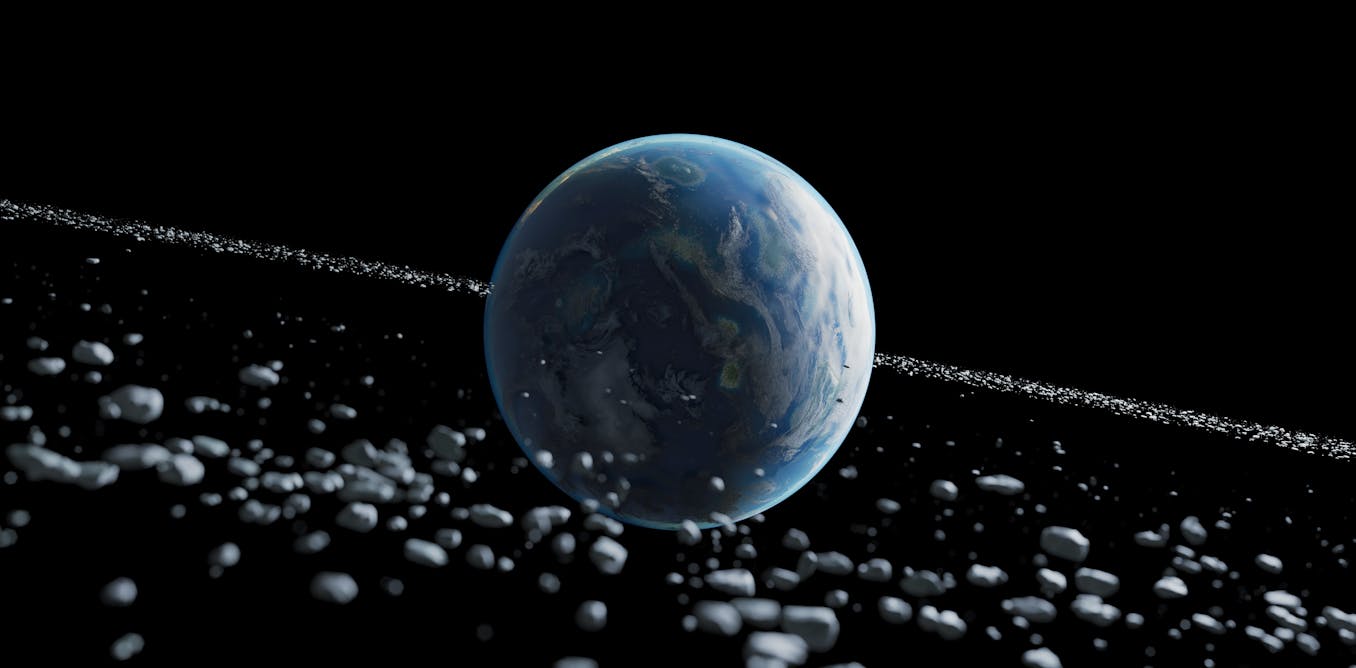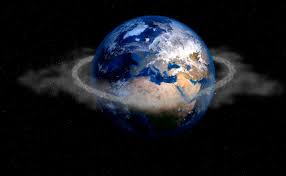Melbourne: Saturn’s rings are one of the most famous and attractive things in the solar system. Earth must have had something similar at one time. A research published last week in ‘Earth and Planetary Science Letters’ by Andrew Tomkins (geologist, Monash University) and his team has provided evidence that Earth must have had a ring at one time. A ring formed about 466 million years ago that can solve many puzzles of Earth’s past.
Rings around Earth
The research states that about 466 million years ago, many meteorites started hitting the Earth. Due to its impact in a geologically brief period, many craters were formed on Earth. In this, limestone deposits were also found in Europe, Russia and China, which contained a lot of debris of a type of meteorite. The meteorite debris in these sedimentary rocks indicates that they were exposed to space radiation for a much shorter period of time than meteorites falling today. Several tsunamis also occurred during this period, as can be seen in other unusual dislocated sedimentary rocks. The study says that all these features are related to each other.
Trend of craters
The study describes 21 craters formed due to meteorite impact. The researchers wanted to see if there was anything noteworthy in these locations. Using models of the movements of the Earth’s tectonic plates in the past, we found out where all these craters were when they first formed. We found that all the craters are on continents that were close to the equator during this period and none of the craters are in places that were close to the poles. Therefore, all the craters formed close to the equator. The study found that under normal circumstances, asteroids that hit Earth can hit at any latitude, as we see in craters on the Moon, Mars and Mercury. So it is very unlikely that all 21 craters from this period would have formed close to the equator. The study found that a large asteroid broke up when it collided with Earth. Over several tens of millions of years, the asteroid’s debris fell to Earth, creating craters, sediments and a tsunami trend.
How the rings formed

Saturn is not the only planet with rings. Jupiter, Uranus and Neptune also have small rings. Some scientists have also suggested that Mars’ small moons, Phobos and Deimos, may be the remains of an ancient ring. When a small body (like an asteroid) passes close to a larger body (like a planet), it is pulled by gravity. If it gets close enough (within a distance called the Roche limit), the smaller body will break into many small pieces and a few large pieces. All these pieces will gradually grow into a ring orbiting the equator of the larger body. Over time, the material in the rings will fall onto the larger parts, where the larger pieces will form craters. These craters will be located closer to the equator.




